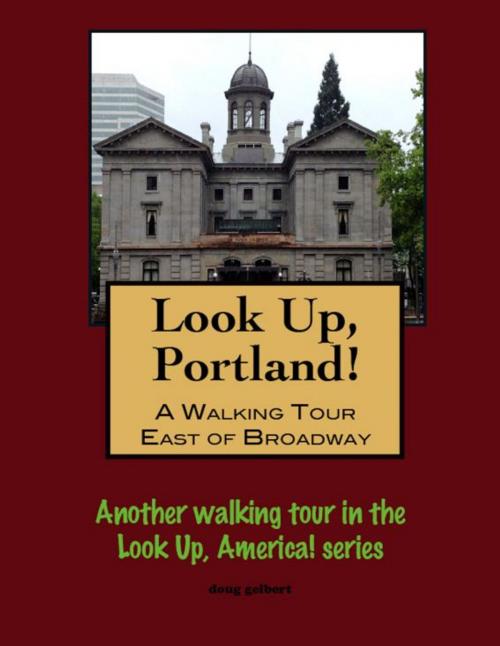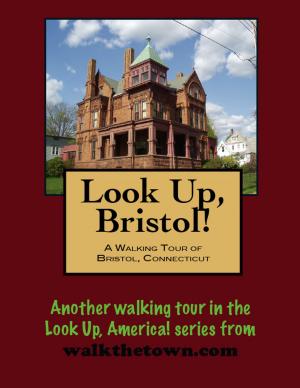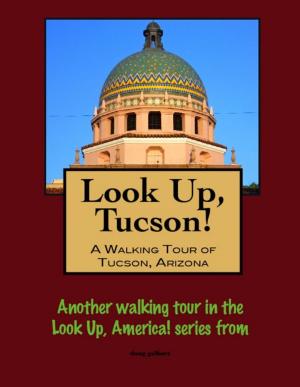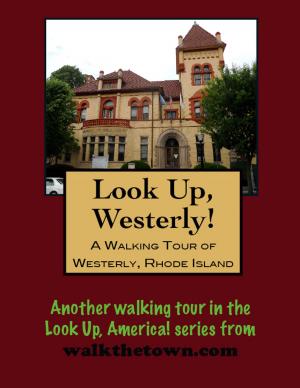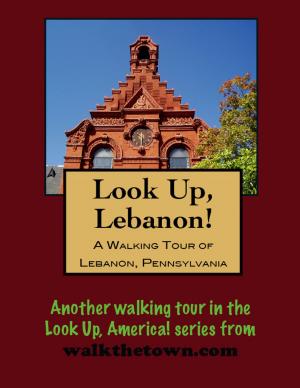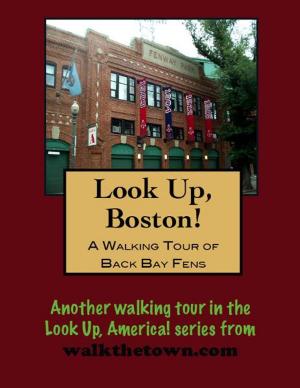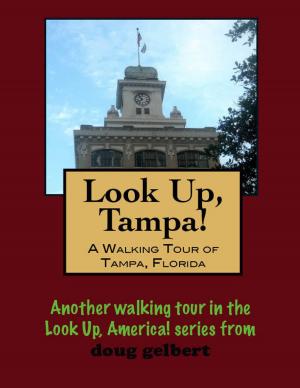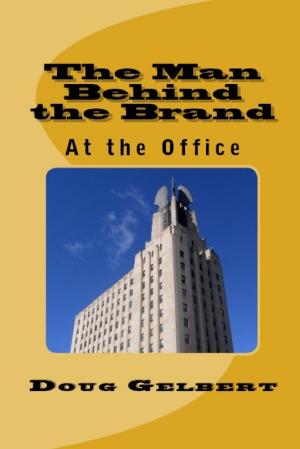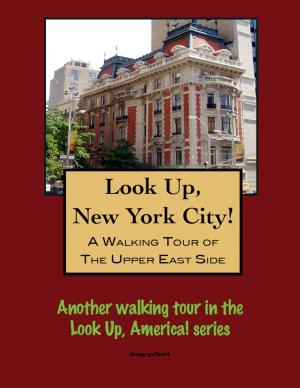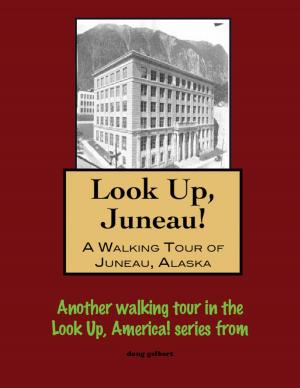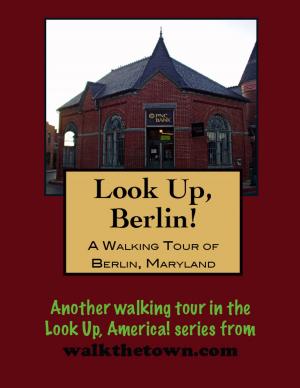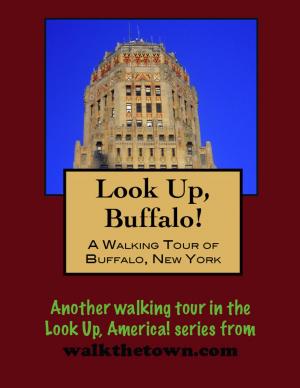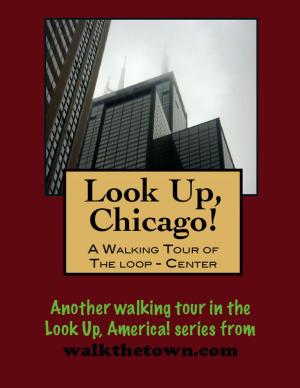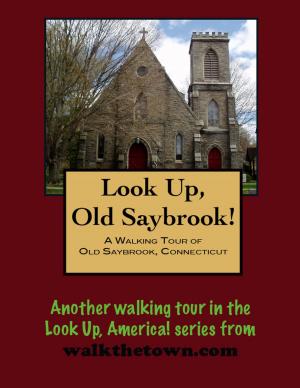| Author: | Doug Gelbert | ISBN: | 9781301138586 |
| Publisher: | Doug Gelbert | Publication: | September 29, 2012 |
| Imprint: | Smashwords Edition | Language: | English |
| Author: | Doug Gelbert |
| ISBN: | 9781301138586 |
| Publisher: | Doug Gelbert |
| Publication: | September 29, 2012 |
| Imprint: | Smashwords Edition |
| Language: | English |
There is no better way to see America than on foot. And there is no better way to appreciate what you are looking at than with a walking tour. Whether you are preparing for a road trip or just out to look at your own town in a new way, a downloadable walking tour is ready to explore when you are.
Each walking tour describes historical and architectural landmarks and provides pictures to help out when those pesky street addresses are missing. Every tour also includes a quick primer on identifying architectural styles seen on American streets.
On June 1, 1905 the gates swung open at Guild’s Lake to officially kick off the Lewis and Clark Centennial American Pacific Exposition and Oriental Fair. There were exhibitions from 21 nations and 16 American states and admission was 50 cents for adults and a quarter for kids. The fair featured an amusement park, blimp rides and was the finish line for a much-anticipated transcontinental automobile race. During the fair’s fourteen-week run more than 1.5 million visitors paid the entrance fee and another million fair-goers got in gratis.
Before the Lewis and Clark Exhibition Portland had grown from a village of some 800 settlers when it was incorporated in 1851 to becoming the major port in the Northwest by the end of the 19th century. The town could have been named Boston but a coin flip between pioneers Asa Lovejoy and Francis Pettygrove landed on the latter’s hometown. Located at the confluence of the Willamette and Columbia rivers its deep water harbor helped Portland emerge from the shadow of its more established neighbor at Oregon City. But by 1900 Seattle, kickstarted by the gold rushes in the Klondike, was emerging as the Pacific Northwest port of choice since mariners didn’t have to navigate the pesky sand bar at the mouth of the Columbia River.
The world’s fair proved just the elixir the city needed. Not only was a profit realized, unusual for international expositions, but was a success as a showcase for the city as well. In the years following the Lewis and Clark Exposition the population of Portland more than doubled from 90,000 to 200,000 and the city never looked back. A building boom started that would last over 20 years, push the city core off the Willamette River and create much of the streetscape seen today.
Our walking tour of downtown Portland in the Southwest section of the city will discover small one- and two-building blocks and pedestrian-friendly streets and we will begin this exploration east of Broadway at the oldest federal building west of the Mississippi River...
There is no better way to see America than on foot. And there is no better way to appreciate what you are looking at than with a walking tour. Whether you are preparing for a road trip or just out to look at your own town in a new way, a downloadable walking tour is ready to explore when you are.
Each walking tour describes historical and architectural landmarks and provides pictures to help out when those pesky street addresses are missing. Every tour also includes a quick primer on identifying architectural styles seen on American streets.
On June 1, 1905 the gates swung open at Guild’s Lake to officially kick off the Lewis and Clark Centennial American Pacific Exposition and Oriental Fair. There were exhibitions from 21 nations and 16 American states and admission was 50 cents for adults and a quarter for kids. The fair featured an amusement park, blimp rides and was the finish line for a much-anticipated transcontinental automobile race. During the fair’s fourteen-week run more than 1.5 million visitors paid the entrance fee and another million fair-goers got in gratis.
Before the Lewis and Clark Exhibition Portland had grown from a village of some 800 settlers when it was incorporated in 1851 to becoming the major port in the Northwest by the end of the 19th century. The town could have been named Boston but a coin flip between pioneers Asa Lovejoy and Francis Pettygrove landed on the latter’s hometown. Located at the confluence of the Willamette and Columbia rivers its deep water harbor helped Portland emerge from the shadow of its more established neighbor at Oregon City. But by 1900 Seattle, kickstarted by the gold rushes in the Klondike, was emerging as the Pacific Northwest port of choice since mariners didn’t have to navigate the pesky sand bar at the mouth of the Columbia River.
The world’s fair proved just the elixir the city needed. Not only was a profit realized, unusual for international expositions, but was a success as a showcase for the city as well. In the years following the Lewis and Clark Exposition the population of Portland more than doubled from 90,000 to 200,000 and the city never looked back. A building boom started that would last over 20 years, push the city core off the Willamette River and create much of the streetscape seen today.
Our walking tour of downtown Portland in the Southwest section of the city will discover small one- and two-building blocks and pedestrian-friendly streets and we will begin this exploration east of Broadway at the oldest federal building west of the Mississippi River...
